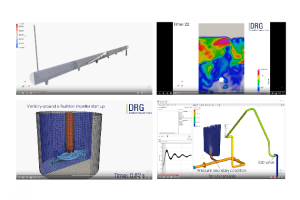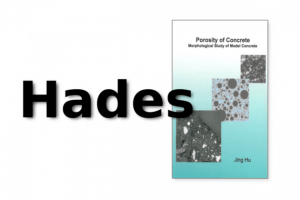
Parallel Programming July 2021
Last month Dynaflow co-presented a graduate course: “Practical Introduction to Parallel Programming”. The course was organized by the chair on Multiscale Engineering Fluid Dynamics at

Last month Dynaflow co-presented a graduate course: “Practical Introduction to Parallel Programming”. The course was organized by the chair on Multiscale Engineering Fluid Dynamics at

Starting September 1st Dynaflow Research Group will launch a new set of various engineering training courses. We have learned that engineers from all around the

Dynaflow Research Group is an active contributor to Simulation Friday on Twitter. This simulation can be anything from something serious and technical to something that

Starting February 11th 2020, our Software Director Erik Jan Lingen together with Matthias Möller from the Faculty of Mathematics will present a course (WI4265TU) on

Titel: Computational Modelling of Particle Packing in Concrete By Huan He Physical particle packing is becoming a hot topic in concrete technology as more and

Titel: Porosity of Concrete – Morphological Study of Model Concrete By Jing Hu Porosity of Concrete has developed a comprehensive methodological framework for characterizing geometrical

Titel: Mesostructure of concrete Stereological analysis and some mechanical implications By Jianjun Zheng On the mesoscale, concrete can be considered as a composite material consisting
Laan van Oversteen 20
6th floor
2289 CX Rijswijk
The Netherlands
© Dynaflow Research Group BV